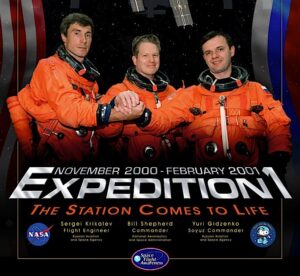
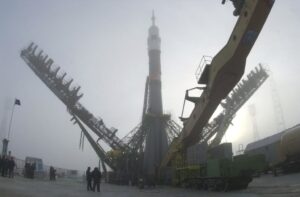 I think most people who followed the building of the International Spece Station were excited about this new venture in the history of space travel. The idea of men and women living and working up there for extended periods of time was amazing…especially when you considered the fact that they would be from multiple countries. Finally, on November 2, 2000, the first residential crew arrived to basically take possession of the International Space Station. The arrival of Expedition 1 heralded a new era of international cooperation in space and the start of the longest continuous human habitation in low Earth orbit. The fact that it is still going on to this day further adds to the enormity of the accomplishment.
I think most people who followed the building of the International Spece Station were excited about this new venture in the history of space travel. The idea of men and women living and working up there for extended periods of time was amazing…especially when you considered the fact that they would be from multiple countries. Finally, on November 2, 2000, the first residential crew arrived to basically take possession of the International Space Station. The arrival of Expedition 1 heralded a new era of international cooperation in space and the start of the longest continuous human habitation in low Earth orbit. The fact that it is still going on to this day further adds to the enormity of the accomplishment.
The space agencies of the United States, Russia, Canada, Japan, and Europe agreed in 1998 to collaborate on the ISS, and its initial components were launched into orbit that year. That in and of itself is amazing. For all these nations to agree to work together to benefit mankind is awesome. Five space shuttle flights and two unmanned Russian flights delivered many core components and partially assembled the station. Yuri Gidzenko 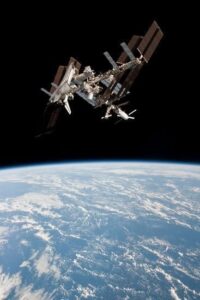
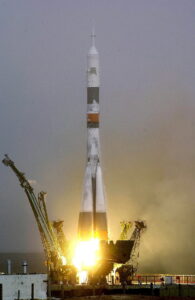 and Sergei Krikalev of Russia, along with NASA’s Bill Shepherd, were the chosen crew for Expedition 1.
and Sergei Krikalev of Russia, along with NASA’s Bill Shepherd, were the chosen crew for Expedition 1.
The trio reached the ISS aboard a Russian Soyuz rocket launched from Kazakhstan. Expedition 1’s tasks primarily involved constructing and installing various components and activating others, a process that proved challenging at times. In one process, for instance, the crew spent over a day activating one of the station’s food warmers. That was probably motivated by hunger!! Of course, I’m sure they had temporary rations available…just in case. During their mission, they received visits and supplies from two unmanned Russian rockets and three space shuttle missions, one of which delivered the photovoltaic arrays, the giant solar panels that provide most of the station’s power. I suppose that was similar to having house guests. Shepherd, Gidzenko, and Krikalev were the first to adapt to long-term life in low orbit, orbiting Earth approximately 15.5 times a day and exercising at least two hours daily to counteract muscle atrophy due to low gravity. You wouldn’t think that humans could lose muscle mass in space (or at least, I didn’t), but like with any other muscle strength, it really is a “use it or lose it” situation.
All in all, the three men were in space for a little over three months. It was a momentous event. Then, on March 10, the space shuttle Discovery brought three new residents to replace the Expedition 1 crew. Shepherd, Gidzenko, and Krikalev returned to Earth at the Kennedy Space Center on March 21. Since then, humans have 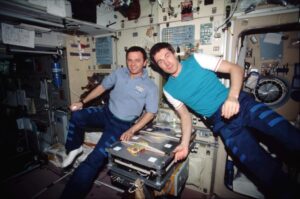
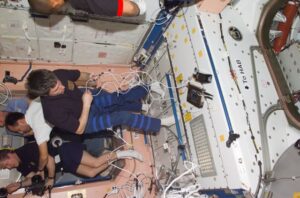 continuously lived on the ISS, with plans to extend the mission until at least 2030. To date, 236 individuals from 18 countries have visited the station, and several new modules have been added, many aimed at conducting biological research. Like Niel Armstrong said when he stepped on the surface of the moon in 1969, “That’s one small step for a man, one giant leap for mankind.” Yes, it was…and so was this.
continuously lived on the ISS, with plans to extend the mission until at least 2030. To date, 236 individuals from 18 countries have visited the station, and several new modules have been added, many aimed at conducting biological research. Like Niel Armstrong said when he stepped on the surface of the moon in 1969, “That’s one small step for a man, one giant leap for mankind.” Yes, it was…and so was this.


Leave a Reply